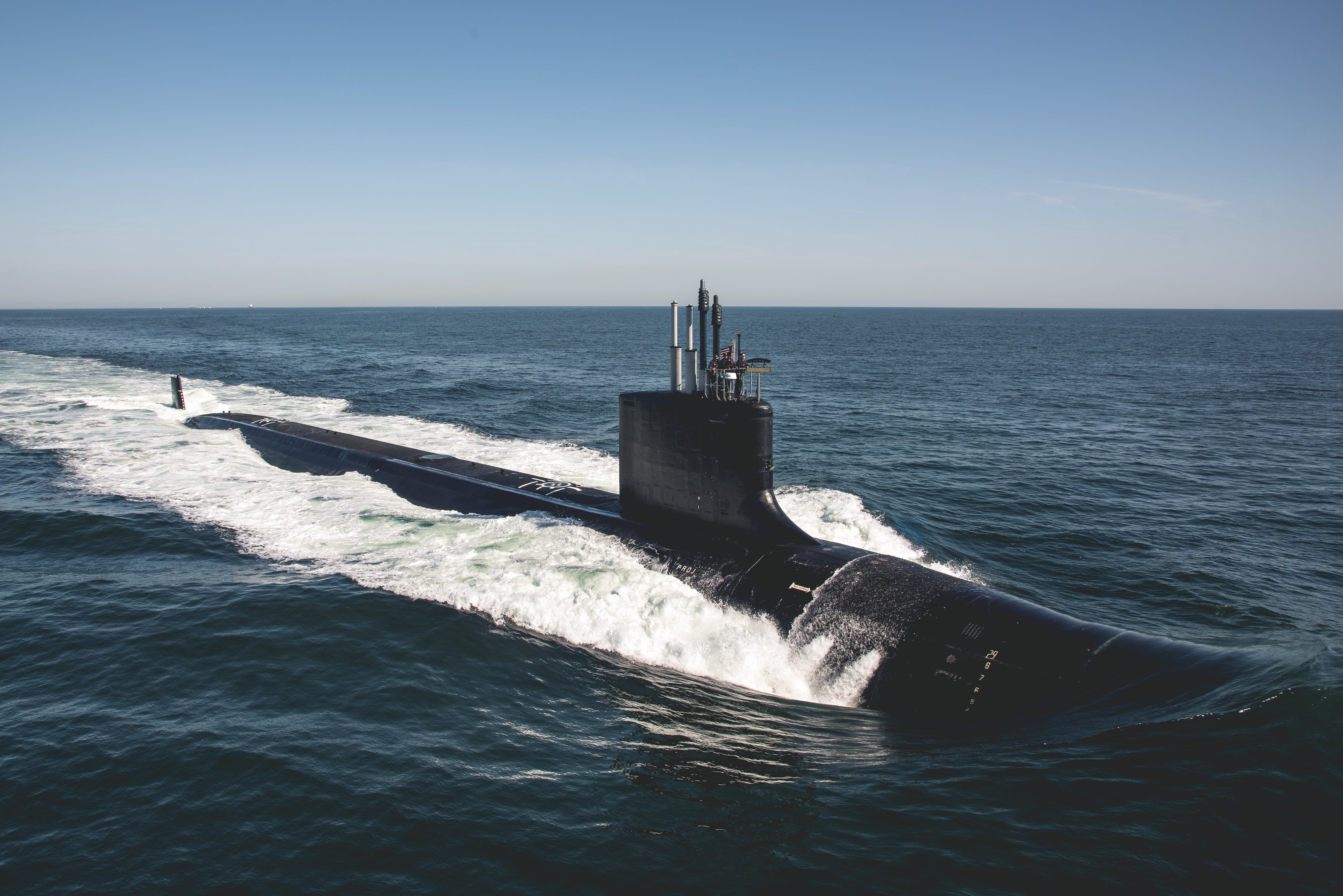WASHINGTON ― A new report argues for a sweeping overhaul of the Pentagon’s 60-year-old defense budgeting and appropriations process, so it can match the fast-moving commercial sector and outpace China’s technological development.
The paper, set for release Thursday, argues that numerous acquisition policy reforms over the years have failed to get the best results because the Planning, Programming, Budget and Execution, or PPBE, process has eluded change. The authors, former Deputy Undersecretary of Defense for Industrial Policy Bill Greenwalt and the Hudson Institute’s Dan Patt, recommend the U.S. consider more agile defense budgeting.
“Specifically, the U.S. needs the ability to launch and terminate new development efforts more quickly, to pivot the direction of ongoing investments, and combine the outputs of multiple efforts at various levels of maturity in such a way as to force competitors to respond to U.S. initiative,” they write.
The paper, obtained by Defense News, comes as policymakers worry the Pentagon isn’t investing to develop the advanced technologies that are considered crucial to future warfare. The report is timely, as Senate Armed Services Committee Chairman Jack Reed, D-R.I., said Tuesday at a hearing on emerging technologies that PPBE process is “one of those relics of days gone by,” and asked how it could be changed to provide better “organizational responsiveness.”
Similarly, former Google CEO Eric Schmidt told the panel that Congress and the Defense Department need to collaborate on steps beyond acquisition reform.
“The DoD’s problem is not innovation, but innovation adoption,” he said. “It’s outdated, industrial-age budgeting process creates a valley of death for new technology, allowing basic research funding and also procurement of weapons systems, but preventing the flexible investment needed in prototypes, concepts, and experimentation of new concepts and technologies like AI.”
Schmidt lamented that the budgeting process requires American defense planners to lock-in programmatic decisions more than two years in advance.
RELATED

Amid evermore complex and predictive program requirements, the time it takes the Pentagon to go from identifying a need to making a contract award has increased from about one year in 1950 to seven years, according to the report. Meanwhile, program timelines for new start systems have increased by a factor of four for aircraft and two for ship hull and machinery from 1970 to 2020.
The authors make several recommendations:
- Congress and the Pentagon should launch a pilot project around one or two pressing operational challenges using an alternative resource allocation process aimed at fostering adaptability in capability delivery.
- They should also sponsor a commission of expert stakeholders to study changes to the PPBE and appropriations processes that balances America’s need to compete and Congress’ constitutional role.
- The policy and research community should conduct comparative analyses of the bureaucratic research allocation processes between the U.S. and China.
Chinese budgetary, requirements, and acquisition processes for defense are ripe for study, they write. It appears that Russia and China take more adaptive, more iterative development approaches to field systems more rapidly ― and that the Chinese military lacks the constraints of the American military’s multi-year budgeting process.
The United States military used to be more adaptive. After World War II, the B-52 bomber saw 13 design iterations in 12 years, with thrust increasing by a factor of four. When the B-52H’s arrived, “the design had iterated and evolved into a robust vehicle with the longest planned service life of any military aircraft,” the authors write.
“The history of the B-52 can foreshadow a radically different future for U.S. defense acquisition, where we focus less on performance against prediction, and more on the speed of capability delivery and learning,” they wrote. “This approach presents a path to reverse the Chinese advantage in systems fielding timelines, and a scheme to continuously force their hand and expenses in responding to a breadth of fast-paced U.S. developments.”
RELATED

Over time, an emphasis on “cost, price, technology maturity, fairness, socio-economic factors, and perceived efficiency,” has “deemphasized the significance of time as an incentive to invention.” The paper delves into alternative processes like portfolio-based budgeting or a venture capital-based model that prize adaptability over stability.
On Tuesday, Schmidt said that in the area of artificial intelligence, the United States is “one or two years ahead of China, not five or 10.” A co-chair of the National Security Commission on Artificial Intelligence, Schmidt called for an urgent new national competitiveness approach in the areas of AI, 5G networking and hypersonic weapons.
“We can’t spend 15 years building the first hypersonics while China and Russia are already working on it. We need a different methodology,” he said.
Forthcoming recommendations from the AI commission will include accelerating several key technologies using iterative design approaches.
“You’re wasting money with existing design cycles, it’s not helping with preparedness,” Schmidt said.
Joe Gould was the senior Pentagon reporter for Defense News, covering the intersection of national security policy, politics and the defense industry. He had previously served as Congress reporter.








